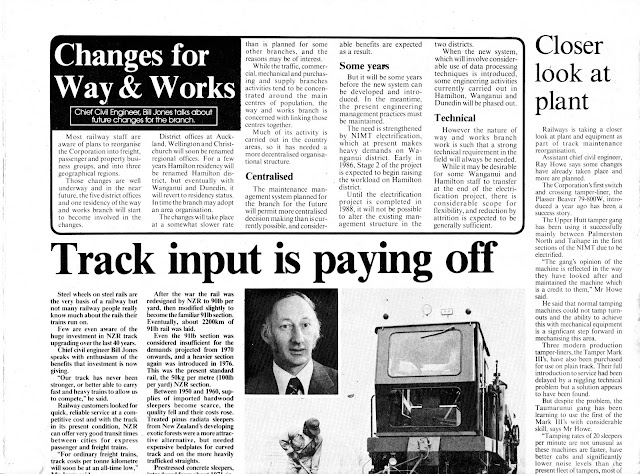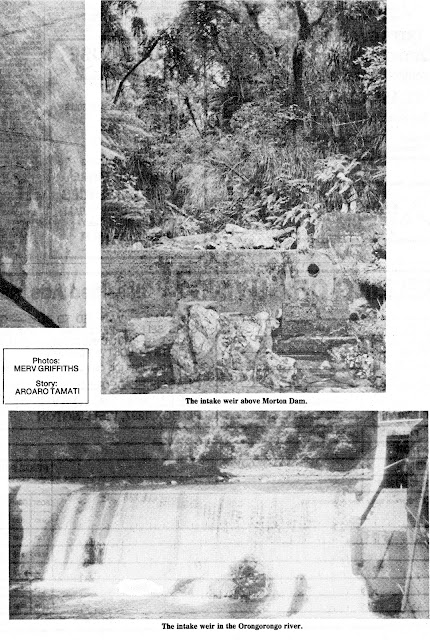The Otago Central Railway was possible the longest branch line in New Zealand although it is generally referred to as a secondary railway line. Today all that remains is the section from Wingatui (where it joins the Main South Line) to Middlemarch which is owned by Dunedin Railways, a Dunedin City Council owned Council Controlled Organisation. However, much of the remainder of the route from Middlemarch to Cromwell is now the Otago Central Rail Trail.
At its fullest extent it ran from Wingatui to Cromwell at 236km, and was cut back to Clyde in 1980 with the flooding of old Cromwell (and SH8) for the Clyde Dam, reducing its length to 214km. Construction on the line started in 1879, it was completed in 1921. Scheduled passenger services operated on the line until 1978, with the withdrawal of the Vulcan Railcar service, which suffered from road competition, as the route from Alexandra to Dunedin was faster by road, which was much less circuitous. The line had long been economically marginal, and considerable freight traffic was lost with the increase of the distance limit between road and rail from 40 miles (64km) to 150km in 1978, and most remaining general freight traffic shifted to road when the distance limit was phased out in 1983. After the Railways Corporation was formed in 1982, the Otago Central line was one of the branch lines that received direct public subsidies (called "Social Services Payments") from the Ministry of Transport, reflecting Government will to keep such lines open and paying the Railways Corporation to do so. However, with most of the line's freight in the 1980s being materials and equipment for construction of the Clyde Dam and power station, once the dam had largely been completed, it was decided to close and lift the section from Middlemarch to Clyde from 1990.
Subsequently from Middlemarch to Clyde the route was developed into the Otago Rail Trail, and the remainder kept by Dunedin Railways for the Tairi Gorge Railway excursion trips. Perhaps had the line ever got close enough to Queenstown to support modern day tourism, the line may have had a different future.
This post has a series of articles about the end of the line and the line's history.
The first post focuses on the Otago Excursion Train Trust organising the last trip on the line and its hope to continue to operate trains on the Middlemarch section.
 |
| Last train to Clyde, Otago Central Line |
This article focuses on plans by the Otago Excursion Train Trust to profitably sell the Dunedin to Middlemarch trip to tourists for scenery.
The article continues noting that Dunedin City Council paid $0.33m to acquire the line (of a total cost of $1m). It also indicated it would pay $100,000 a year to maintain the line (half of the maintenance cost).
The following article focuses on redundancy of railway worker Anker Hansen after 30 years working for the Railways. He was a station agent at Lauder on the Otago Central Line initially, but was being made redundant as a train manager based in Invercargill, a job that serviced the Southerner. The Southerner was being reduced to a five-day a week service requiring fewer train managers. The job involved checking tickets, announcements, taking food and drink orders and serving Devonshire Teas.
The report notes that only 31 people were travelling between Dunedin and Invercargill on the Southerner the previous Tuesday (less than a coach load). He also noted that the booking system tended to prefer booking by coach rather than rail at the time (which was shortly before NZR Road Services was privatised distinct from the NZ Railways Corporation).
 |
| Anker Hanson - redundant railway worker |
The next article is from the Listener, reviewing the last train trip to Clyde. It describes the journey and some of the history along the route, and its future.




































